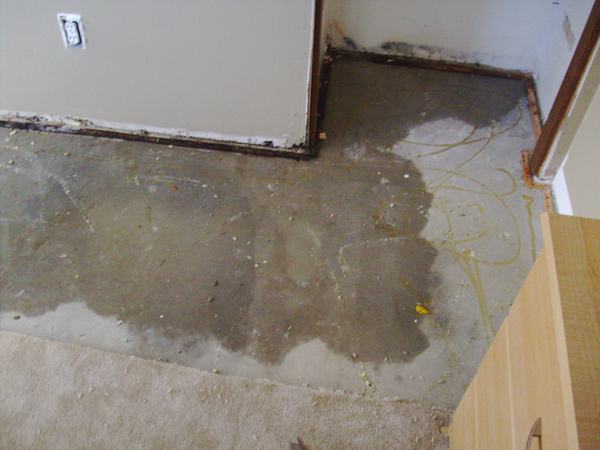Drywall, plasterboard, wallboard, gypsum board, SheetrockTM, LAGYP, or GypRocTM. Whatever you call it, it’s an important part of daily life since it’s used to build walls, ceilings, and other home and commercial property features. Yet, you never stop to think about it unless you have to, like if — heaven forbid — your basement floods after a heavy rain or melting Midwest snow. That’s when you could run into serious trouble with Sheetrock and drywall water damage.
While drywall is pretty sturdy, when it’s exposed to water for too long it can get damaged. This is why many Minneapolis area residents end up with drywall on their minds when there are heavy rainfalls or when snow is melting in the springtime. When drywall is wet, it may lose its structural integrity, becoming soft and weak. Depending on what category of water damage drywall is exposed to, and how wet it got, you may be able to save it. Speed is critical to avoiding mold damage, though.
How to repair water damaged drywall: If moisture is present, the walls need to be cut 2 or 4′ up and the wet insulation removed. How long it sat and the amount of water are determining factors. This should also be done if the walls have been wet for several days regardless of whether there is insulation.
When it comes to Sheetrock or other drywall water damage, insulation loses its R-value when wet and is more of a potential liability than anything else in this condition.
Wet walls and insulation will hold moisture for a long time. This means that mold clusters can form inside the wall. If your drywall has started to mold, you will need to replace all or part of it. You want it out of your home as quickly as possible, as water damage will only make matters worse over time. This is even more likely for residents in the Minnesota area, who can face challenges related to changing seasons and melting snow.
It’s best to have moldy materials removed by a trained professional, and that’s because improper removal can cause spores to be spread throughout the entire home. This could lead to additional cleaning. Plus, mold can cause allergies, asthma, and other conditions detrimental to your family’s health. You’ll want to be especially mindful of your home’s indoor air quality.
At Minnesota-based Green Clean, we are all about restoring healthy environments throughout the Twin Cities area, and we love hearing from you! We are certified by the Institute of Inspection, Cleaning and Restoration Certification (IICRC) and have an A+ rating with the Better Business Bureau. Contact us to discuss drywall water damage and restoration for your home or commercial property, or leave a comment.
Like us on Facebook
Prev: Can You Completely Eliminate Cigarette Smoke Odor from a Home?Next: How to Remove Pet Dander from CarpetView All Resources